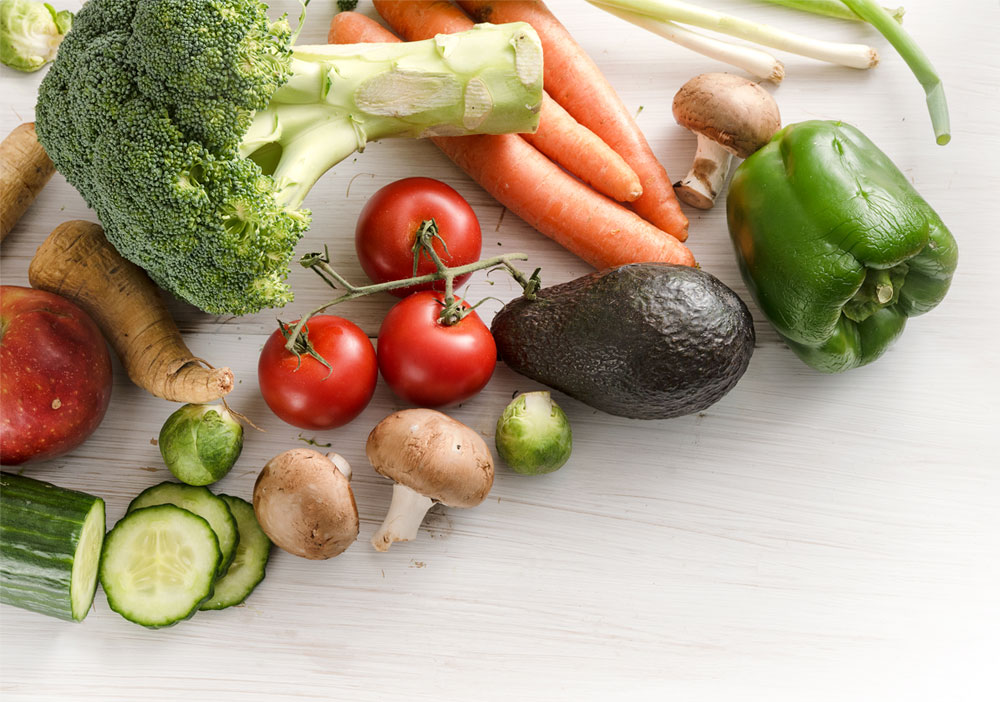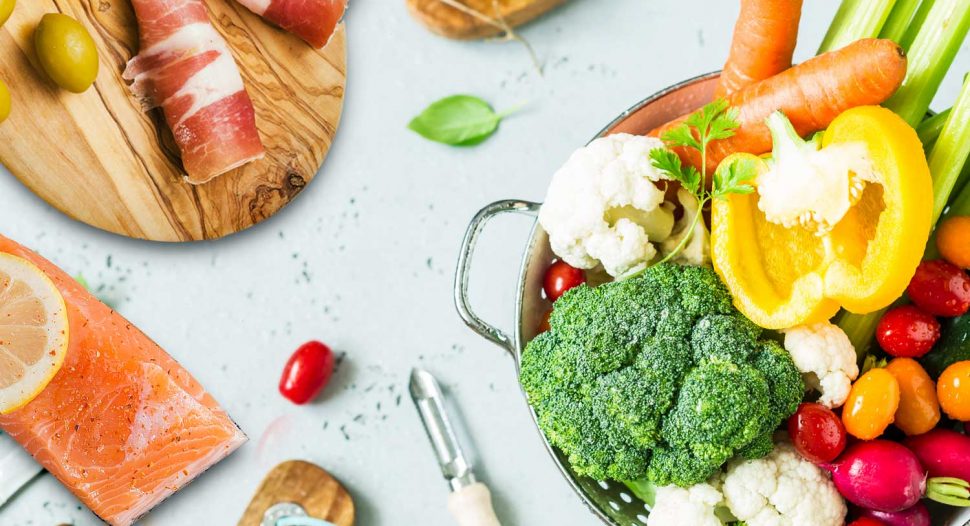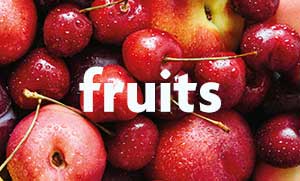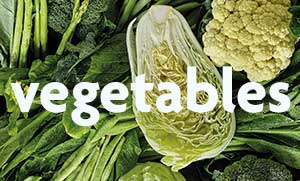How many times have you went shopping for fresh products only to find them close to spoiled or under-ripe? Every fruit, vegetable and meat has its own clues to signal freshness, but some of them may still elude us.
If you’re standing in your kitchen and staring at your groceries trying to decide if they’re fresh, here are a few things to know.
Fruits
Look out for: Scars, bruises, blemishes or wrinkles on the skin. Tender areas or mold are also red flags to note – they may not be as fresh as you’d hope! If your fruits come packaged, check if it’s watery or filled with condensation.
Have a good whiff of your fruits too. A strong smell can indicate over-ripeness, and if the fruit smells a bit sour or stinky, you’re likely holding one that’s past its prime. A light, sweet smell is a good indicator of freshness.

Examples
Papaya – Green papayas are a no-no, as they are unripe and you’d have to leave it out for a few days before it’s ready to be eaten. Yellow or only slightly greenish ones are good to go. Here’s an extra tip: papayas have very soft skin so be careful not to store them underneath other fruits or groceries.
Oranges – Oranges with larger navels indicate sweetness! Look out for them if you’re hoping for a sweet treat. The skin should also be smooth with no scars, blemishes or dirt. Also, citrus fruits that are too firm are likely dry on the inside.

Vegetables
Look out for: Firmness! It indicates fresh veggies that are chock-filled with nutrients. Pay attention to the surface of the vegetable and make sure it’s consistent, evenly coloured, and firm all the way around. If you’re ordering online, ensure that the country of origin and weight matches the description on the website. Yellowish, rotten, watery or bruised vegetables are signs that they’re not quite fresh.
Examples
Garlic – Your garlic should look whole and clean. Those with spots, growing shoots or are cracked and broken up should be avoided. Especially so if they’re rotten, watery or sticky!
Wong Bok – A healthy green Wong Bok with clean leaves are perfect! Avoid those with cuts or black spots.
Meat and Seafood
Look out for: Got your hands on some packaged meat? Ensure that there is minimal fats and blood in the plastic, and that the thaw date is reasonably distant. Give it a few pokes too. If it’s truly fresh, it should spring back to its original shape!
For choices of meat that are around the bone area, they should look a little redder than usual.

Examples
Fish – Preparing fish as a main course? Check that your fish is a nice bright colour and a mid-portion instead of the tail portion.
Beef – Take a look at the grain of the meat (the direction of the muscle fibers) and how tight or uniform it looks. If the fibers are broken or uneven, these can be signs of poor quality meat.
The most important tip is to use your senses: how does it smell, feel or look? If any of your groceries make you gag, look sickly or feels limp, it’s probably best to stay away.






